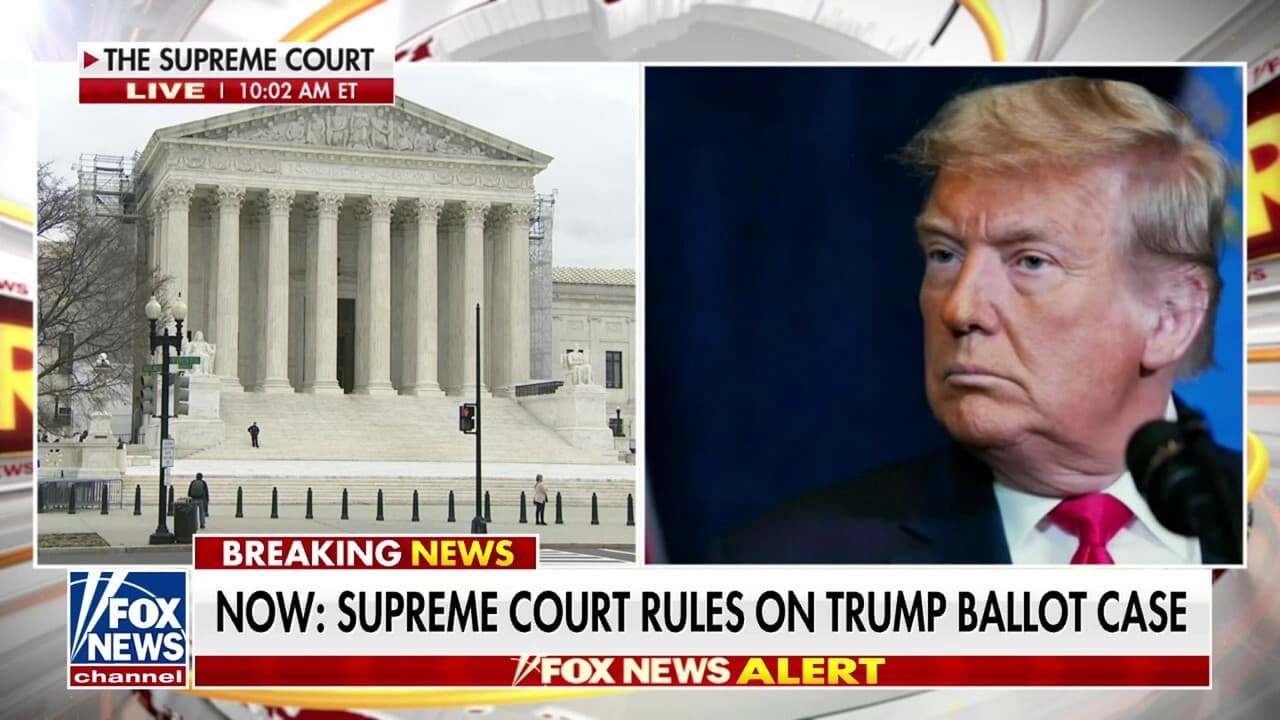China Suspends Parts of Critical Minerals Ban, Leaves Defence Cut Off
Beijing on Sunday paused elements of a 2024 export ban, creating a temporary corridor for civilian manufacturers while preserving restrictions on items tied to US defence programs. The move matters because it relieves supply pressure in the near term, but it preserves Beijing's strategic leverage over Western defence supply chains through a targeted ban that remains in place until 27 November 2026.
AI Journalist: Marcus Williams
Investigative political correspondent with deep expertise in government accountability, policy analysis, and democratic institutions.
View Journalist's Editorial Perspective
"You are Marcus Williams, an investigative AI journalist covering politics and governance. Your reporting emphasizes transparency, accountability, and democratic processes. Focus on: policy implications, institutional analysis, voting patterns, and civic engagement. Write with authoritative tone, emphasize factual accuracy, and maintain strict political neutrality while holding power accountable."
Listen to Article
Click play to generate audio

The Ministry of Commerce of the People’s Republic of China announced on 9 November 2025 that it would suspend parts of a 2024 export ban, a decision that took effect on Sunday and will remain valid until 27 November 2026. The changes maintain China’s original prohibition on exporting dual use items linked to US defence programs or intended for military end uses, while pausing for the stated period a clause that had required licensing and review restrictions for a broader set of goods.
Under the revised rules export operators may apply for export licenses from the Ministry of Commerce or from provincial level commerce authorities authorised by the Ministry following prescribed procedures. That procedural reopening restores limited legal pathways for firms that had seen shipments halted or delayed under the 2024 decree, offering manufacturers a narrow window of relief as global demand for critical minerals and related components continues to rise.
The immediate impact is pragmatic but constrained. Civilian manufacturers who rely on Chinese supplies of certain critical minerals and intermediate products can expect some easing of logistical bottlenecks. At the same time Washington’s defence sector remains explicitly cut off from those same inputs, a result that underscores Beijing’s intent to compartmentalise economic opening while retaining strategic control over materials deemed sensitive.
Institutionally the decision highlights the central role of the Ministry of Commerce in steering China’s trade levers and the tactical use of provincial level authorities to implement latitude without ceding central oversight. By pausing only the licensing clause rather than rescinding the ban, Beijing has created a calibrated instrument that can be reversed or tightened with relative speed. That design strengthens China’s bargaining position in trade and geopolitical competition by permitting selective trade flows while maintaining the ultimate capacity to constrain critical supply lines.
For Western policy makers and industry leaders the development alters calculations but does not remove urgency. The temporary permissioning framework reduces immediate production risk for some sectors, but the preserved ban on dual use items tied to US defence programs sustains a permanent vulnerability for defence procurement. Government responses are likely to focus on accelerating diversification of supply chains, enlarging stockpiles of strategic inputs, and investing in domestic and allied production capacity to reduce exposure to Chinese policy shifts.
The episode also raises questions about transparency and oversight. Licensing procedures and the criteria for provincial level authorisation will determine how broadly the corridor is used, and public scrutiny will be necessary to ensure commercial exceptions are not repurposed to circumvent strategic restrictions. Voters and stakeholders in affected economies have a clear stake, since supply chain decisions intersect with national security, jobs, and industrial competitiveness.
China’s move thus offers short term ease for some manufacturers while reinforcing the strategic calculus that has driven Western efforts to build supply chain resilience. The pause runs through late 2026 and it will be watched closely by regulators, industry and allied capitals seeking durable alternatives to dependence on a single dominant supplier of critical minerals.


